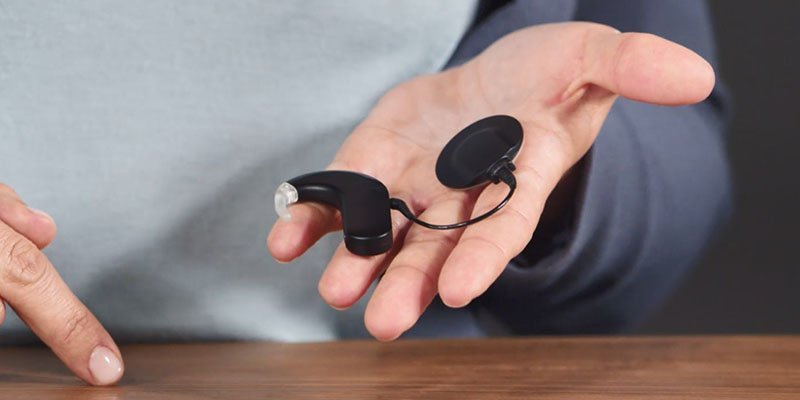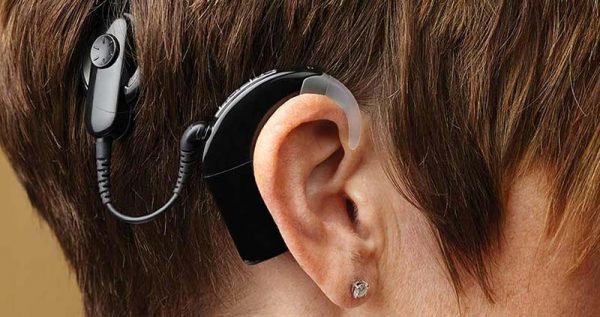
Cochlear implants are electronic prosthetic devices used in adults and children with sensory neural hearing loss, who are not benefited by the use of conventional hearing aids.
Unlike hearing aids, which make sounds louder, cochlear implants work by turning sound into electrical signals and then directly stimulate the hearing nerves.
Single-sided deafness (SSD) or asymmetric hearing loss (AHD) can be caused by viral infections, Meniere’s disease, acoustic neuroma, or trauma to the head or ear. In some cases, the causes of the reason remain unknown.
Patients with single-sided deafness or asymmetric hearing loss often have other associated problems like difficulty in localization of sound (locate where sounds originate), maintaining balance, speech recognition and hearing in complex noisy environments, etc.
Children with significant single-sided hearing loss face educational, social, cognitive, and behavioral challenges. These children also face communication challenges—including difficulties with language and understanding speech in noise—and report poorer quality of life than their peers with normal hearing in both ears.
Until now, treatment options for single-sided hearing loss were limited to conventional hearing aids and special devices like Contralateral Routing of Signals (CROS) systems, BiCROS systems, or bone-anchored hearing aids, etc. But these devices are of limited or no benefit for people with profound hearing loss in one ear.
According to a study published last year, around 1.5 percent of Americans have moderate or worse single-side hearing loss, which translates to roughly 4.9 million adults in the country. Among the population with any level of single-sided hearing loss, only 2 percent were using hearing aids.

It is well known that cochlear implant in SSD may help restore binaural functionality, improve quality of life, facilitate reversal of neuroplasticity related to auditory deprivation, effectively attenuate tinnitus, and improve localization and speech recognition abilities. But till now, U.S. FDA labelling has been based on bilateral, not unilateral, severe-to-profound SNHL, thereby denying the patients with SSD/AHD access to cochlear implants.
Recently the U.S. Food and Drug Administration FDA approved Cochlear Implants for single-sided deafness (SSD) and asymmetric hearing loss (AHL). This is the first and only time that cochlear implants have been approved for these indications in the United States.
According to FDA notification, Med-El’s cochlear implant systems, including Synchrony and Synchrony 2, are now indicated for individuals aged 5 years and above who have profound sensorineural hearing loss in one ear and normal hearing or mild to moderately severe sensorineural hearing loss in the other ear, with a difference of at least 15 dB in pure tone averages between ears.
The FDA based its decision on a clinical trial conducted by University of North Carolina researchers, which was able to show improvement in speech understanding scores, sound source location and patient satisfaction from SSD and AHL patients who were fitted with MED-EL’s implant.
Although the introduction of this new indication was a meaningful step forward for CI candidates, few primary barriers to clinical progress for this new indication remain demonstration of clinical and cost-effectiveness, regulatory support, adoption by referring providers, and coverage by payers, etc.